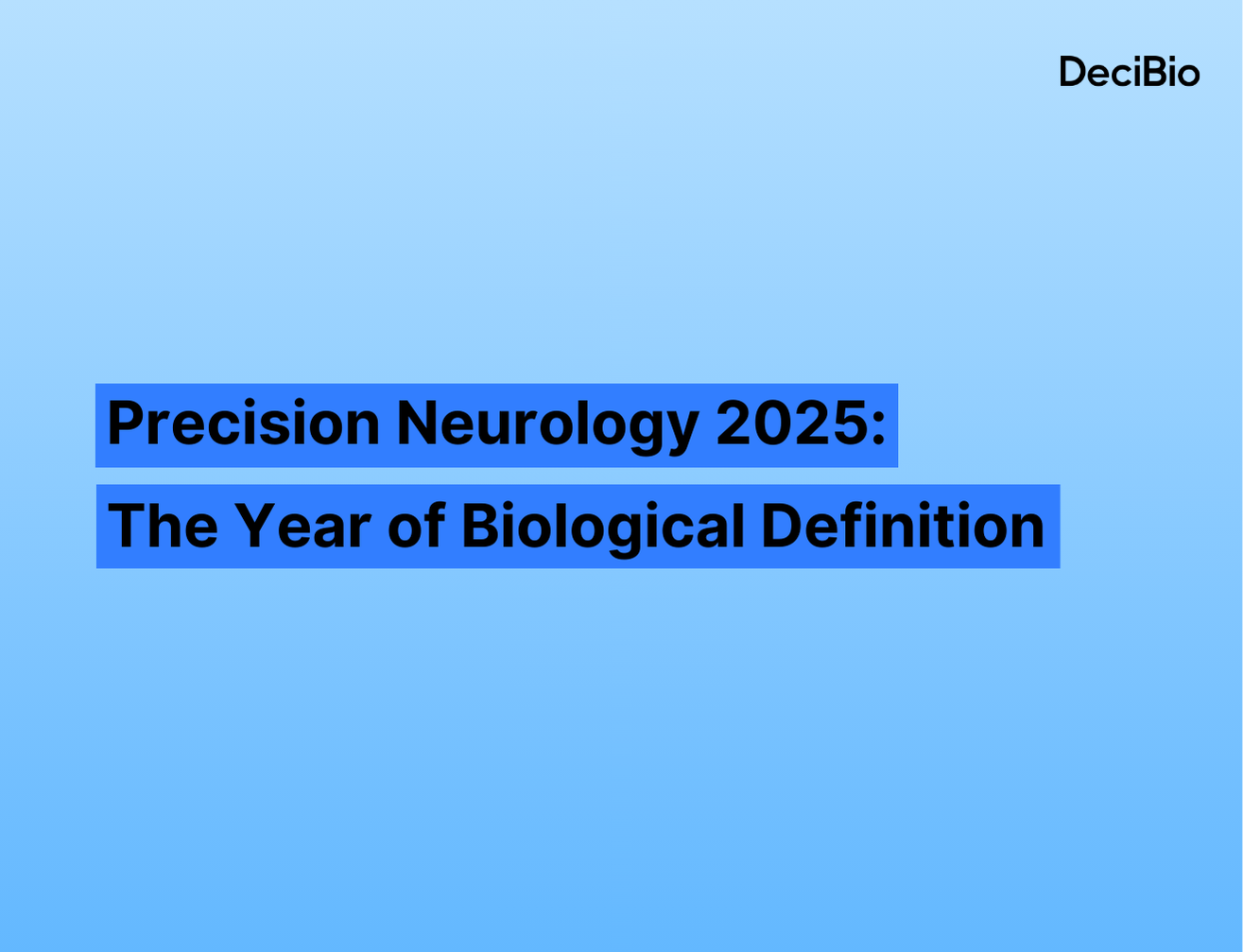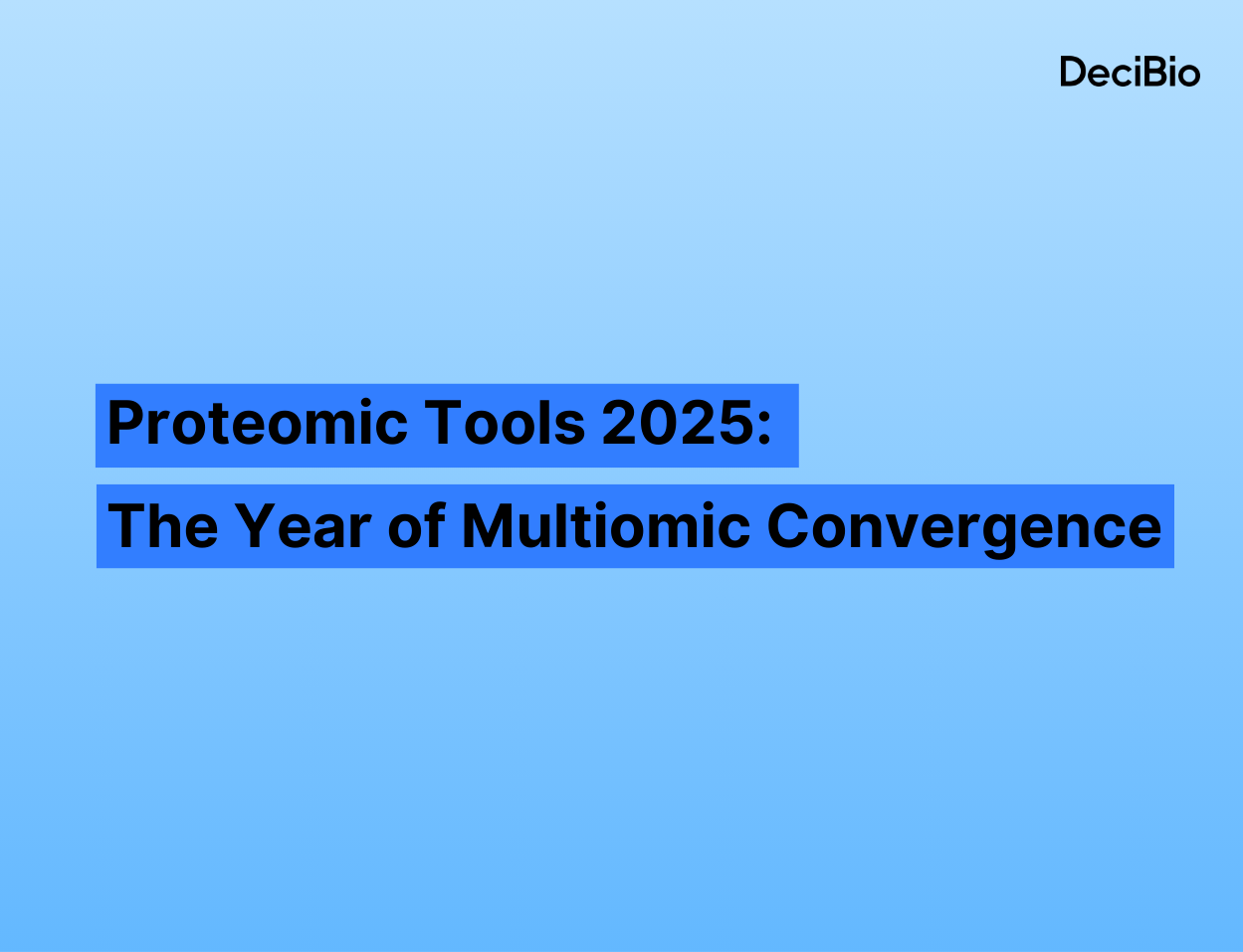We just returned from ASHG 2019 in Houston and while the city provided a lot of excitement with the Astro’s headed to the World Series, the meeting itself lacked any major launches or announcements.In this blog entry, we highlight a couple interesting discussions that we held with market participants:The Visium Spatial Gene Expression Platform from 10X Genomics (NASDAQ:TXG) will tentatively begin shipping by the end of the year; the company is taking orders now. 10X’s solution allows the capture of RNA expression in the context of the tissue. Spatial information, particularly at higher plex (30+ analytes), is a growing area of interest that will drive enabling studies in fields like oncology, neurology, immunology and developmental biology. This platform is an improvement on the Spatial Transcriptomics platform acquired by 10X in late 2018 with improved resolution, sensitivity, workflow, and software. For $1,000/sample the customer can assess the whole transcriptome of 4 tissue slices ~6.5mm2 at a resolution of 1-10 cells, depending on tissue type. 10X is initially launching with fresh frozen tissue but is developing a workflow solution for FFPE tissue, according to a recent webinar. FFPE is the primary sample type leveraged in oncology and by biopharma, where a significant portion of the demand and the willingness to pay exists. Fresh frozen seems to be increasingly in demand and has advantages with respect to integrity of the nucleic acid and native proteins which are often damaged in the FFPE fixation process.As we detail in a previous blog entry, 10X Genomics will enter into an increasingly crowded field with key competitors including NanoString’s Digital Spatial Profiling, ACD’s RNAscope, Akoya’s CODEX, and Fluidigm’s Hyperion Imaging System. Two potential key advantages for 10X are the ability to survey the whole transcriptome and the lack of a capital investment requirement for end users. Firstly, 10X is the only platform currently capable of assessing the full transcriptome. One can imagine that in the early adoption phases of an enabling technology that taking an unbiased approach would be valuable (i.e., discovery), much like the market did for single cell RNA-seq. Secondly, the vast majority of end users will already have access to the optical microscope and to a sequencing platform required as part of the workflow. Many of the other platforms require hundreds of thousands in capital equipment or access to specialized equipment.The UK-based Dolomite Bio, another company offering single cell analysis solutions, is projecting ~50 installs of its automated single cell capture Nadia Instrument through 2019, translating into ~100% revenue growth compared to 2018. The Nadia platform allows preparation of up to 50,000 single cell libraries for RNA sequencing in less than 20 minutes with ~6,000 cells per channel and up to 8 channels in parallel. Dolomite Bio customers span a wide range of application areas and interestingly a range of cell types and sizes. Dolomite’s platform and chemistry enables the user to alter pressure, flow, and droplet size, which allows the capture and analysis of standard and non-standard cells (e.g., smaller or larger cells, plant cells and cardiomyocytes). The latter, other platforms may have difficulties capturing. In a market dominated by 10X Genomics (>1,200 installed base), Dolomite Bio could go after both, standard market segments as well as niche markets to drive uptake and share.We attended a quick booth demonstration of Miroculus’ novel platform, dubbed the Miro Canvas system. Miroculus’ technology uses electromechanical forces to actuate droplets on the surfaces of insulated electrodes; in contrast to competing methods, the approach doesn’t require oil immersion or direct contact with system electronics, improving the system’s robustness. One application that was demonstrated at the conference was the automation of library preparation using magnetic beads that can easily be moved around or washed without using complex robotics and in smaller volumes (saving reagent costs).
About the Author

Miguel Edwards is a senior project leader at DeciBio, and has extensively researched the market for potential diagnostic technologies, including digital biomarkers, liquid biopsies, multi-omics methodologies, and single-cell platforms. Miguel is also the lead author of DeciBio’s single cell genomics report. Connect with him on LinkedIn to learn more about his expertise.Disclaimer: Companies listed above may be DeciBio clients and/or customers






